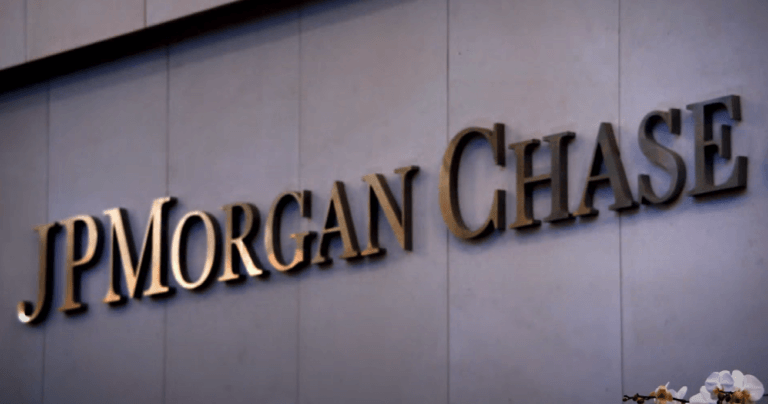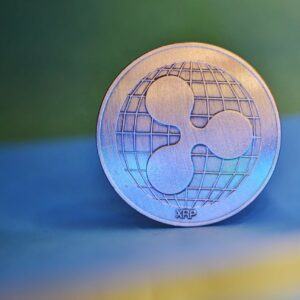On 15 August 2024, J.P. Morgan Research published a report highlighting emerging signs of a slowdown in the U.S. economy following a year of unexpectedly strong growth. The report pointed to a softer-than-expected July jobs report, with the unemployment rate increasing for the fourth consecutive month. This data triggered a market sell-off and intensified concerns about a potential recession.
In response to these developments, J.P. Morgan Research adjusted its outlook, raising the probability of a U.S. and global recession starting before the end of 2024 to 35%, an increase from the 25% forecasted in its mid-year report. Bruce Kasman, Chief Global Economist at J.P. Morgan, noted that critical elements of the growth forecast are facing challenges. He pointed to indications of a sharper-than-expected decline in labor demand and early signs of job cuts in the U.S. Additionally, recent business surveys suggest a loss of momentum in global manufacturing and in the Euro area, which were previously expected to contribute to growth this year.
Kasman acknowledged, however, that typical recession indicators such as prolonged profit margin compression, credit market stress, and shocks in energy or financial markets are currently absent. He explained that these mitigating factors have led to only a modest increase in the near-term recession risk to 35%.
Looking ahead, the report maintains a 45% probability of a recession occurring by the end of 2025. Kasman emphasized that despite recognizing additional uncertainties, particularly in the political sphere, J.P. Morgan Research has not altered its assessment of recession risk for 2025.
The report also addressed changes in inflation and interest rate expectations. With inflation on the decline, J.P. Morgan Research now estimates a 30% chance that the Federal Reserve will maintain high interest rates for an extended period, down from 50% two months prior. Kasman explained that the modest increase in recession risk contrasts with a more significant reassessment of the interest rate outlook, driven by shifts in growth and inflation risks that challenge the gradual approach in central bank rate guidance.
Kasman noted a positive shift in the U.S. inflation risk profile, as strong supply-side performance combined with moderating labor demand has eased pressure in the labor market. He highlighted that U.S. wage inflation is now slowing more than in other developed market economies, and U.S. unit labor costs are aligning more closely with the Federal Reserve’s inflation target. These developments suggest that the Fed’s current policy stance is restrictive.
Based on these factors, Kasman indicated that a departure from the gradual approach is warranted, with J.P. Morgan Research expecting the Fed to lower interest rates by at least 100 basis points by the end of the year. However, he cautioned that these rate cuts might not be replicated globally, as the shift in inflation risk is largely centered on the U.S. Kasman explained that without synchronized changes in macroeconomic fundamentals and financial market conditions, the impact of Fed policy changes on other economies is likely to be limited. As a result, the anticipated shift away from gradualism in Fed policy may not be reflected more broadly across other regions.
IG Markets analyst Tony Sycamore said to Cointelegraph that Goldman Sachs’ adjustment to the recession probability was a minor change and unlikely to significantly boost risk-seeking activity across various asset classes, including cryptocurrencies.
Meanwhile, Markus Thielen, head of research at 10x Research, expressed to Cointelegraph that while Bitcoin traders might react favorably to a rate cut, there is also a concern that it could indicate an approaching recession. In such a case, Bitcoin might experience a decline, similar to what occurred in 2019. Thielen noted that when the Federal Reserve reduced interest rates in July 2019, Bitcoin saw an initial surge of 20%, but this rally was brief. Despite the Fed implementing two more rate cuts later in the year, Bitcoin ended 2019 down 35% from its peak following the initial rate cut.








